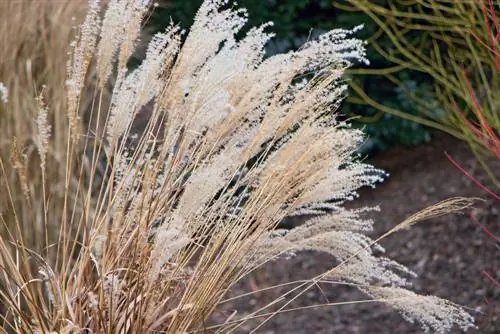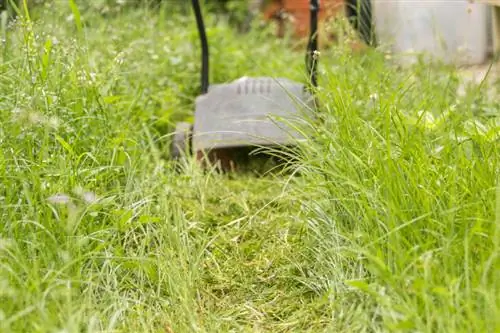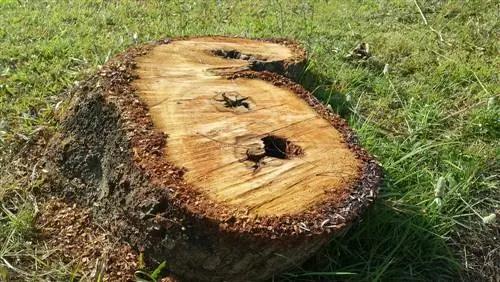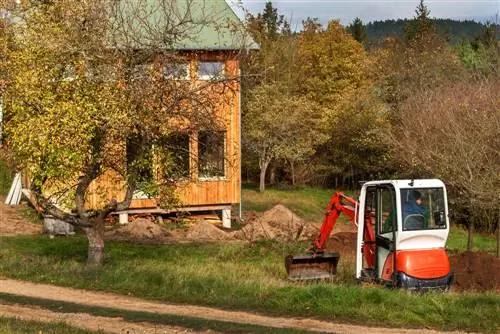- Author admin [email protected].
- Public 2023-12-16 16:46.
- Last modified 2025-01-23 11:22.
Miscanthus is not only very decorative, it often spreads further than perhaps desired. The idea is to keep the Miscanthus under control with a root barrier. However, this is not absolutely necessary.
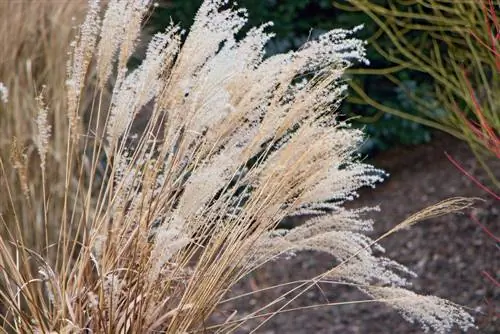
When is a root barrier necessary for miscanthus?
A root barrier for Miscanthus is generally not necessary, unless it involves rhizomatous varieties or to protect pond liner and water pipes. The barrier should be made of sturdy material and used when planting.
What does a root barrier do?
A root barrier, also known as a rhizome barrier, is intended to prevent plants from spreading unhindered in the garden. That's why it mechanically hinders the growth of the roots; the roots cannot grow through it. Since Miscanthus develops very strong roots, a root barrier would have to be made of solid material. However, these roots usually form clumps and not long runners, so no rhizome barrier is necessary.
Sometimes a root barrier is also used to protect other things, such as water pipes or cables that have been laid in the garden. Over time, the strong roots of a giant miscanthus can compress pipes or even grow through pond liners.
Which varieties need a root barrier?
The rhizome-forming varieties include Miscanthus oligostachyus “Nanus Variegatus,” and a root barrier makes sense here. But you should also think about this limitation for giant Miscanthus if you don't want to regularly check the root growth yourself. The roots, which grow up to two meters deep, are very difficult to remove from the ground after a few years.
How do I set a root barrier?
It is best to set a root barrier when planting your miscanthus. To do this, dig a relatively large planting hole. It should be at least three times the size of your reed's root ball. Then place the root barrier in the hole and the miscanthus in the middle. Add a little mature compost to the planting hole and fill it with fresh soil.
The most important things in brief:
- prevents uncontrolled spread of miscanthus
- Root barrier rarely required
- useful if root growth cannot be controlled
- can protect pond liner from damage caused by roots
- Root barrier should extend to just below the edge of the soil or even beyond it
- use stable material
Tip
If your miscanthus grows on the edge of the pond, you should protect the film with a root barrier.

